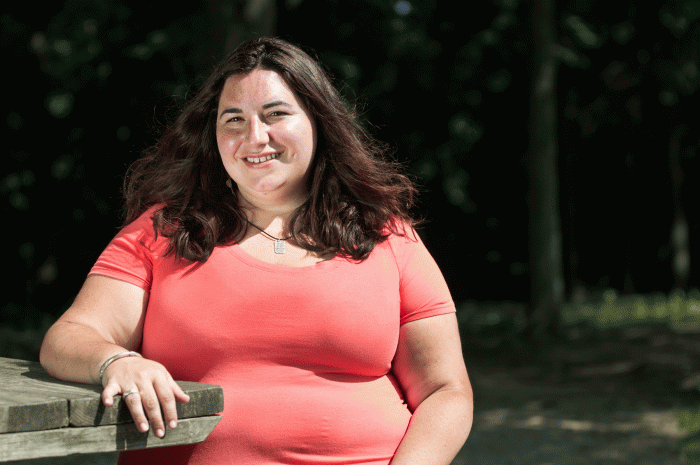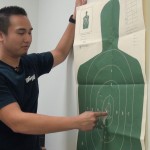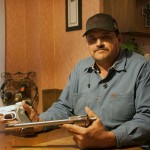Building a safer Sandy Hook
Posted July 29, 2014By Sarah Ferris
Violent crime is rare in Newtown, the quiet Fairfield County suburb of about 27,000 people. Before the mass killing in 2012, town police counted just four homicides in 27 years.
But since Newtown officials began planning the new Sandy Hook Elementary School, project leader Rob Sibley has heard requests for bulletproof glass, wall-to-wall cameras and barbed-wired fences around the entire perimeter.
Sibley said he understands the need for the highest-possible level of security: His three children and his wife had been inside the school where 26 children and educators were murdered. He was also a first responder to the scene with Sandy Hook Volunteer Fire and Rescue.
“The reality is that we really need to create a safe school that doesn’t create a prison-like setting,” said Sibley, the town’s deputy land use director. “It’s an extraordinary balancing act.”
Much of the rebuilding in Sandy Hook is unprecedented: Rarely is a town given tens of millions of dollars in state funding and access to top consulting firms for the construction of one building. But even with the industry’s best resources at their fingertips, Sibley said there’s no way to ensure that nothing bad will happen.
“People now recognize that even with [the best] system in place, all it takes is a few bullets to get through it. Suddenly we went from, ‘We can do all of these things,’ to ‘Wow, even in some of the best scenarios and protocols, you can have it not work,” Sibley said.
In the months after the shooting, school security became a town-wide priority. The Newtown Board of Education voted to station armed guards at each of the town’s other elementary schools. The high school and middle school, which already had armed resource officers, doubled down on security and restricted all visitors that didn’t have prior permission to enter.
Armed guards were also installed in many schools across Connecticut, and each school district was asked to map out safety plans in the case of a shooter. Around the country, lawmakers pitched a total of 450 bills related to school security, many of which involved armed staff members.

Rebekah Harriman-Stites at Treadwell Park in Newtown, Connecticut on Monday, June 30, 2014. Harriman-Stites’ son attends a school in Newtown that added armed officers after the Sandy Hook shooting. Morgan Spiehs
Rebekah Harriman-Stites, whose son Fisher attends second grade at nearby Middle Gate Elementary School, said she prefers not to have armed officers at her child’s school.
But then she remembers a conversation with Fisher about six months after the shooting. As she dropped him off at school, Fisher said he never wanted the police officers to leave “because then, somebody’s going to come into my school and shoot everybody.”
Harriman-Stites said she would continue to support armed officers as long as they make her son feel safe – although she doesn’t believe it will protect him completely.
“You want to be able to say, ‘Don’t worry, that’s never going to happen again.’ But you just don’t know, and you don’t want to lie. There’s no guarantee,” she said.
Arene Spoonfeather teaches art at Newtown Middle School and lives just a few minutes outside of Newtown. She thinks about safety constantly, but says pouring money into security won’t ease people’s concerns.
“There is no glass strong enough. There are no bricks strong enough. There are no security guards who can run fast enough,” she said.
She advocates resources for support programs, such as counseling and art therapy for the young kids who were affected because she believes “you’ve got to start with the heart.”
Inform News21 Reporting on guns
Join the Public Insight Network and tell our newsroom about guns in your life and your neighborhood in America.
More from the Gun Wars blog
Inform our reporting
Previous National Projects
School Projects
Free Content









